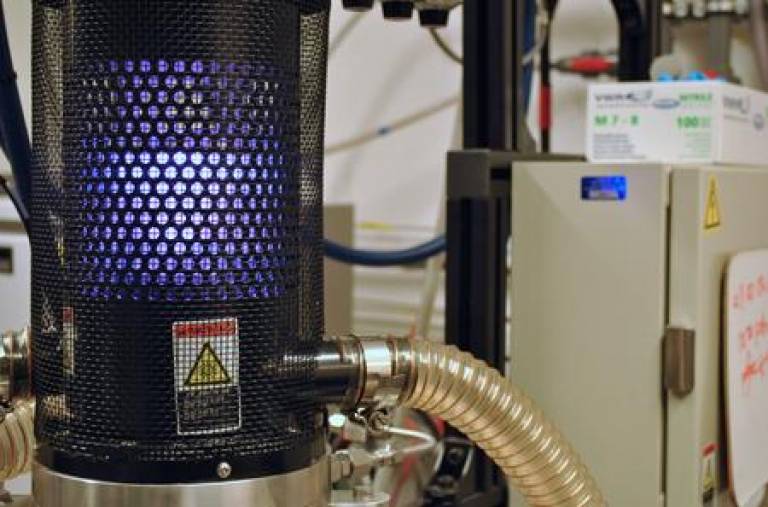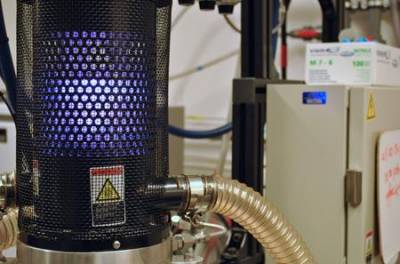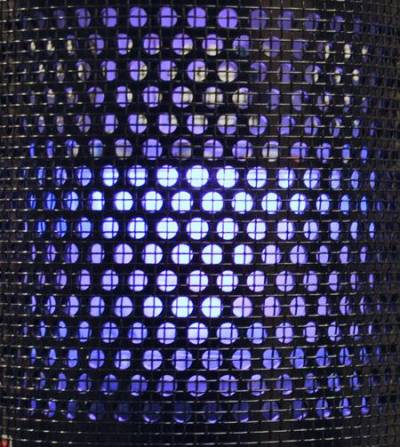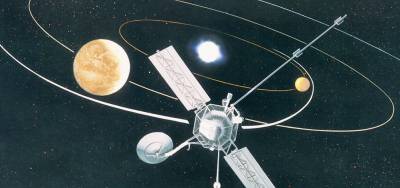How to make a diamond
8 July 2013

Diamonds are formed deep in the Earth in the immense pressure and temperature of magma (molten rock). These conditions are totally inaccessible, typically lying hundreds of kilometres beneath our feet.
For this reason, there are relatively few diamond mines in the world, and they have to be located in areas where volcanoes have brought the diamond-bearing magma up to the surface. The famous Kimberley mine in South Africa is one such example.
The scarcity of diamonds - combined with their beauty and numerous uses in industry - makes them a very precious material.
Since the 1950s, scientists and engineers have known how to produce diamonds artificially, and these processes have become a major source of diamonds for industry, although the jewellery business still prefers natural gemstones.
Diamonds are not chemically complicated - they are just a crystal of common carbon, the same element in graphite pencils. But getting the carbon atoms to form the tight, pure and incredibly hard lattice that makes up a diamond crystal is not a simple task.
The diamond lab at the London Centre for Nanotechnology carries out research into synthetic diamonds, and explores ways they can be used in electronics, healthcare and other fields of science.
Scientists in the lab use the chemical vapour deposition machine pictured here to create diamonds for their research. The machine passes methane gas (made of hydrogen and carbon) through a plasma of hydrogen gas, depositing the carbon on a surface, slowly forming a diamond in the process.
The purple glow is emitted by the hydrogen plasma.
A plasma is a highly energised state of matter similar to a gas. In a plasma, heat, electricity, or some other source of energy has excited the atoms, letting the nuclei and electrons move freely.
The conditions in the plasma allow the methane to break up, and for its carbon to be deposited in the form of diamond without any need for the enormous pressures that form diamonds in nature.
Photo credit: O. Usher (UCL MAPS)
Links
High resolution image
This image can be reproduced freely providing the source is credited
 Close
Close






